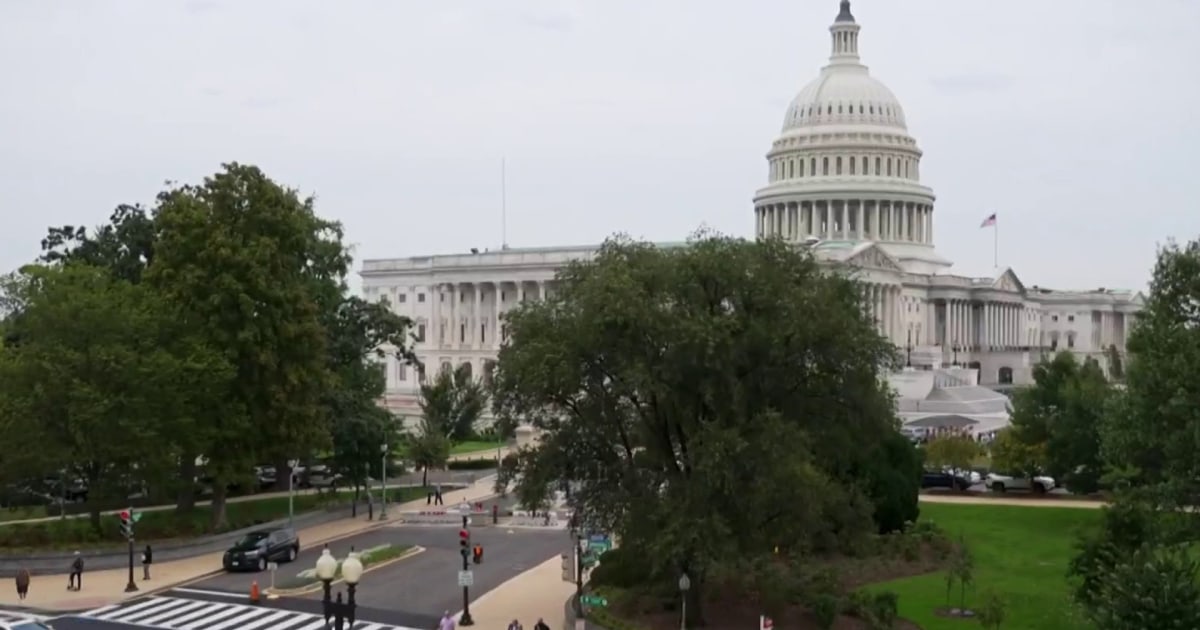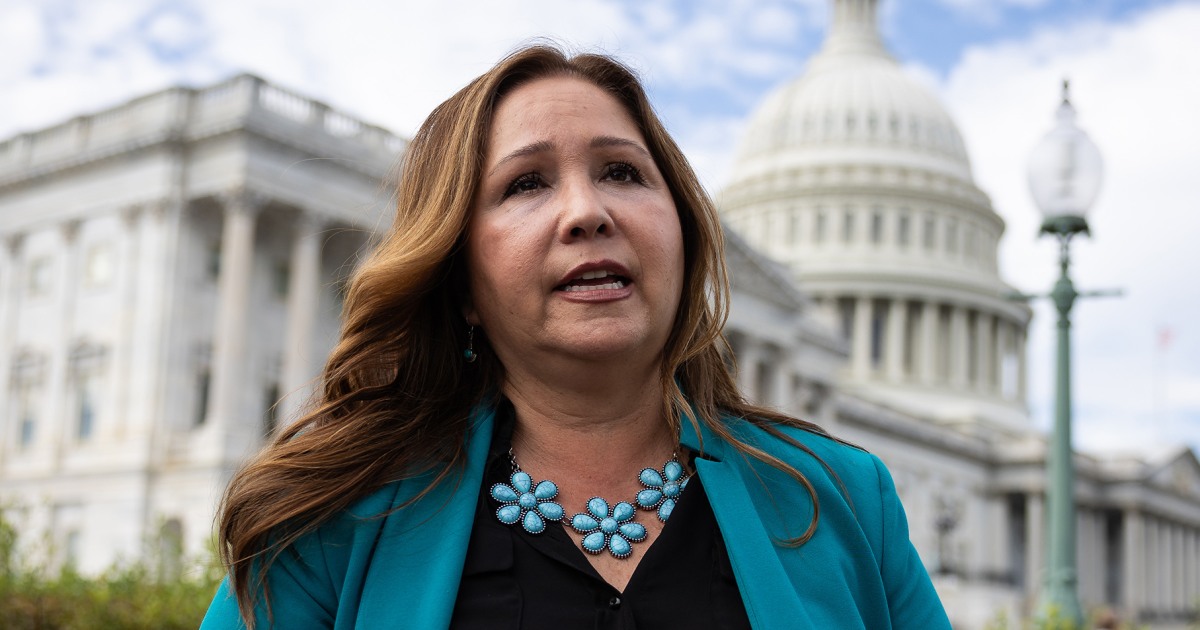Democrats blocked a GOP funding bill that would re-open the federal government, as there appears to be no end in sight to the shutdown. The shutdown’s first impacts are now starting to be felt. NBC News’ Ryan Nobles reports.
Source link
No end in sight after first day of federal government shutdown




